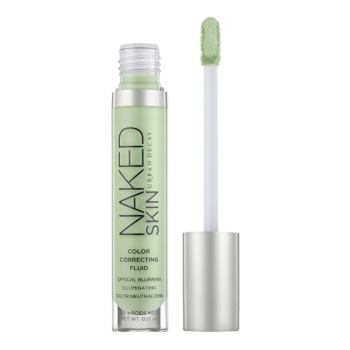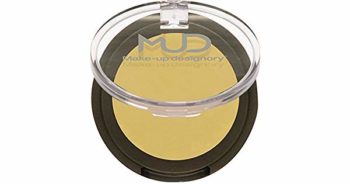As we enter the midst of yet another high-summer heat wave, we’ve put together a guide to help you debunk a few foundation-related terms and help you pick out your best-suited foundation yet! Follow the w&h guide to finding the perfect foundation, and don’t go shopping without it.
Finding the right shade
Always look at foundation in daylight rather than in department store light. Don’t be afraid to dash outside to have a look. Try it on the cheek, where you will be using it, and not on the hand or the neck. Don’t let the sales assistant blend the colour into oblivion either.
With today’s sheer formulations you can make practically any colour fit, so you have to be bold enough to ask the assistant to stripe it on and then have a look. Leave the product on your skin for half an hour as it will change as it oxidises.
What’s my skin type?
You will know if your skin tone is fair, medium or dark – but do you know if you have a warm, cool or neutral undertone? For a perfect match, you need to make sure your foundation has the same undertone as your skin.
If your skin gets pink and the veins in your wrist are blue, then you have cool undertones.
If your skin is golden or olive and your veins are greenish, then you are warm-toned.
If you have both golden and pink tones, and you suit both gold and silver jewellery, then you have neutral undertones.
ALSO SEE: The Best Bronze Makeup For Your Skin Tone
How much coverage do I need?
Foundation is not the be-all and end-all when it comes to coverage. It can’t and shouldn’t be used to cover everything to disguise redness, spots, psoriasis, scars or eczema. You should use a concealer for 80% of the coverage and your base for the other 20%.
Try using a light base along with a thicker concealer. If you suffer from redness, then a green corrector can help counter the problem area. We like Urban Decay Naked Skin Colour Correcting Fluid, R290, for spot coverage and Mud Red Corrector 2 Compact, R425, to conceal more intense areas of redness like scars and rosacea.


ALSO SEE: 6 Unusual Allergies You Should Know About
After the corrector has sunk in, you can layer your base on top. If you’re looking to disguise really problematic skin, then you may want to use a higher-coverage foundation paired with this classic long lasting Mac Pro Longwear Concealer, R385 for 9ml, patted on top. It really does last!

How do I make sure my foundation is the right texture for me?
You can pick a matte, semi-matte, dewy, medium-coverage or full-coverage formula. Dewy finishes tend to work best on normal-to-dry skin. Matte foundations are best for oilier skin, while super-matte finishes are less flattering on older complexions.
Foundation texture terms decoded
Luminous = glowy, sheeny, hydrated-looking skin.
Dewy = moisturised, slightly shiny skin.
Sheer = translucent, radiance-enhancing formulas with minimal coverage.
Glowy = sheeny verging on shiny effect, good for those with nothing to hide.
Full coverage = more opaque, you will see less blemishes, but also less skin.
Medium coverage = allows skin to show through, but blurs blemishes.
Matte finish = reduces shine, looks polished, but can be ageing if applied too thickly.
Compiled by Beauty Editor Martinique Stevens

